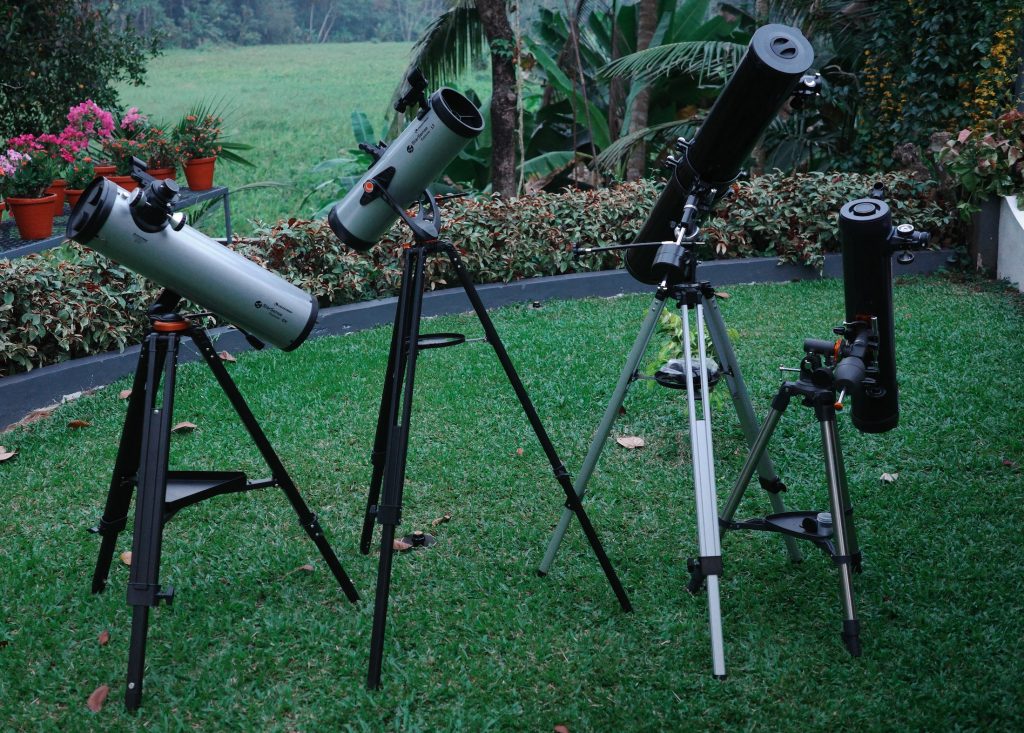Rank Category: 76mm (3″) Reflectors
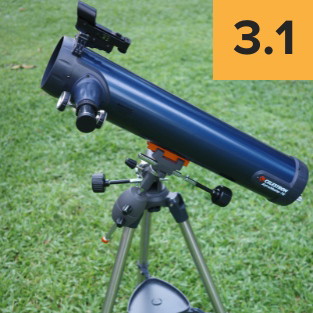
Rank Category: 114mm (4.5″) Reflectors
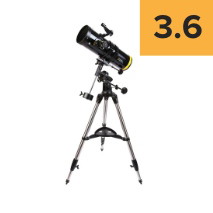
Rank Category: 130mm (5″) Reflectors
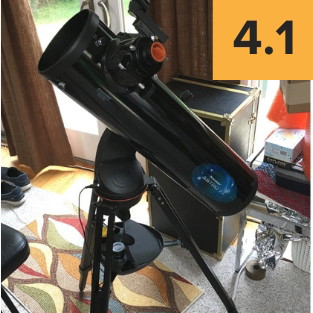
Its computerized GoTo mount, which, when controlled via the SkyPortal or SkySafari app on your smartphone or tablet, automatically finds and tracks celestial bodies for you after a short alignment process that the app walks you through.
However, whether or not you need a GoTo system with this relatively small aperture, wide-field-of-view telescope really comes down to whether or not you want the convenience of being able to aim the telescope unpowered (you can’t with the Astro Fi) and whether you’re willing to pay the extra cost for it.
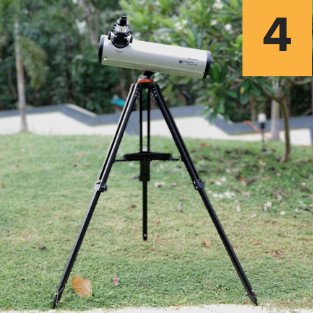
There is arguably no easier-to-use system available when it comes to smartphone aid in aiming a telescope, but you still need to manually move the telescope. That way, the StarSense Explorer system is in contrast to the GoTo system that Astro Fi 130 uses, which automatically does the slewing and tracking for you without you even touching the telescope.
The DX 130AZ comes with the same set of accessories (eyepieces, red dot finder) and 2″ focuser as the Astro Fi 130.
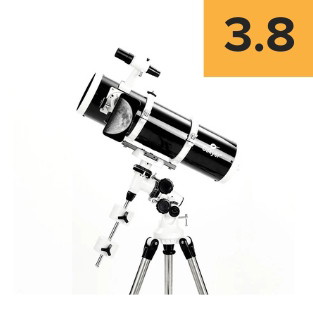
Its 130mm f/5 optics are comparable to those in the above-ranked Astro Fi 130 and StarSense DX 130AZ and our tests confirmed that it delivers sharp images even at higher magnifications.
Unlike the higher-ranked DX 130AZ and Astro-Fi 130, this budget scope lacks any kind of computerized system for aiming or tracking but is generally sold at a more attractive price point.
The included (though mislabeled) set of three 1.25” Kellner eyepieces isn’t bad either. The mount this scope sits atop is definitely on the small end for a 130mm telescope but holds the Gskyer 130 optical tube plenty steady at all but the highest magnifications.
Rank Category: 150mm (6″) Reflectors
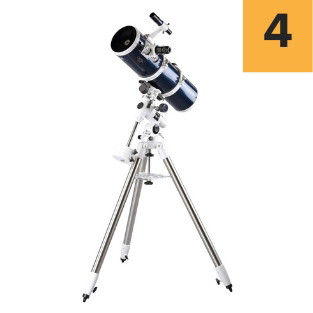
While this scope used to have a 2” focuser for the widest possible field of view with 2” eyepieces, we’ve noticed that Celestron has opted to switch it to a 1.25”-only unit. However, if you’re new to astronomy, we guess that the lack of 2” eyepiece capacity might be of little concern, and this scope can still provide sweeping wide-field vistas of deep-sky objects even with the limitations of the 1.25” focuser format.
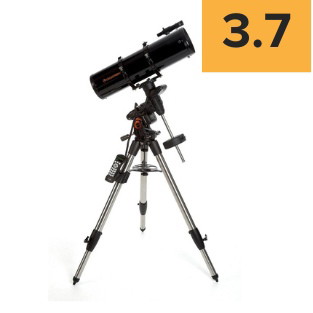
The mount offers automatic tracking/pointing, and being an equatorial mount opens up the possibility of long-exposure astrophotography of deep-sky objects.
While the Advanced VX is extremely sturdy with the relatively petite 6″ reflector on top, it’s about the largest telescope we’d let this mount reliably carry for deep-sky astrophotography. However, we think that this 6″ reflector tube itself isn’t ideal for deep-sky astrophotography due to its lack of a 2″ focuser, which restricts camera compatibility and precludes the use of a coma corrector. This telescope package still yields impressive images of smaller deep-sky objects when used with the right camera.
Rank Category: 200mm (8″) Reflectors
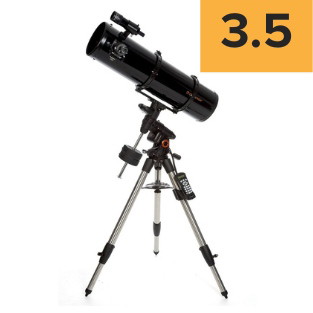
10″ Reflector Telescopes and Above
While a 12” or 14″ reflector on a large equatorial mount is technically portable, it fills an entire truck or SUV and costs us nearly as much as the SUV itself. A mount big enough for an 8” Newtonian telescope, like the Celestron Advanced VX, costs over $1,000 USD. An equatorial mount big enough to hold a 10” or 12” reflector adequately, such as the Sky-Watcher EQ6R or Celestron CGEM II, costs over $2,000 USD. In either case, that’s more than twice as much as the corresponding telescope tube itself typically goes for.
As the aperture of the telescope increases, so does the weight and physical size of the optical tube. In the case of larger Newtonian reflectors, designing a German equatorial mount that can not only bear this increased weight but also maintain precise tracking and stability becomes a complex engineering endeavor. This usually means there are drastic increases in the weight, complexity, and cost of the mount as the aperture goes up.
Setting it up ourself might also be a bad idea due to the strain of lifting a heavy telescope tube high onto a mounting saddle or into a set of tube rings. Plus, we’ll need to lug around what amounts to a stack of barbell weights to balance said telescope on its mount.

